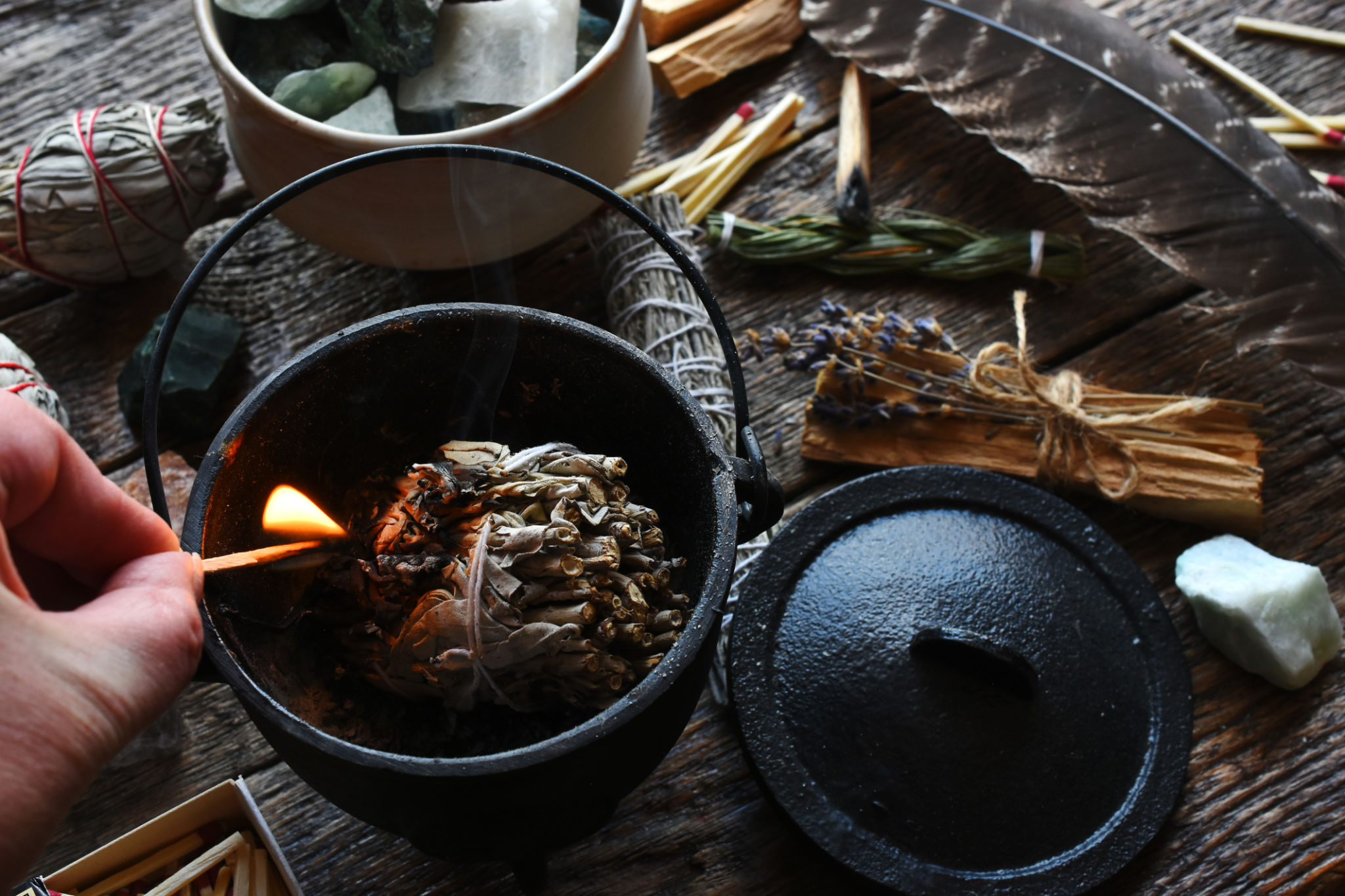Transformative Uses of Mimosa Hostilis Bark in Minnesota
Introduction to Mimosa Hostilis Bark
Mimosa Hostilis, also known as Jurema, is a plant native to the northeastern part of Brazil. However, its bark has found transformative uses all over the world, including in Minnesota. Known for its rich history and diverse applications, Mimosa Hostilis bark is gaining popularity as a versatile resource.

Natural Dyeing Applications
One of the most popular uses of Mimosa Hostilis bark is in natural dyeing. The bark contains a high concentration of tannins, which can produce vibrant shades of red, brown, and purple. Artisans in Minnesota are increasingly turning to this natural alternative to synthetic dyes for textiles.
- Eco-friendly: The dyeing process using Mimosa Hostilis is less harmful to the environment compared to chemical dyes.
- Unique Colors: Each batch of dyed material can have slight variations, offering unique and personalized hues.
Medicinal Benefits
In traditional medicine, Mimosa Hostilis bark has been used for its healing properties. It is known to have anti-inflammatory and antimicrobial benefits, making it a sought-after ingredient in natural remedies. Practitioners in Minnesota are beginning to explore these applications for wellness products.

Mimosa Hostilis can be used in ointments or teas to help treat skin conditions and promote wound healing. The bark's natural compounds can aid in reducing swelling and fighting infections, offering a holistic approach to health care.
Spiritual and Ceremonial Uses
Historically, Mimosa Hostilis holds a sacred place in spiritual and ceremonial practices. In many cultures, it has been used as an entheogen due to its psychoactive properties. In Minnesota, interest in these spiritual applications is growing, with individuals seeking deeper connections through traditional rituals.

While the use of Mimosa Hostilis in such practices should be approached with respect and caution, it can offer profound experiences when used responsibly under guidance.
Cosmetic Applications
The cosmetic industry in Minnesota is also embracing Mimosa Hostilis bark for its beneficial properties. Its natural compounds are being incorporated into skincare products for their soothing and rejuvenating effects.
- Anti-aging: Rich in antioxidants, it helps combat free radicals that cause skin aging.
- Moisturizing: Products infused with Mimosa Hostilis can enhance skin hydration and elasticity.
Conclusion
The transformative uses of Mimosa Hostilis bark are diverse and expanding within Minnesota. From natural dyes and medicinal applications to spiritual practices and cosmetics, this remarkable plant offers a sustainable and versatile resource. As awareness of its benefits continues to grow, so too will its applications across various industries.